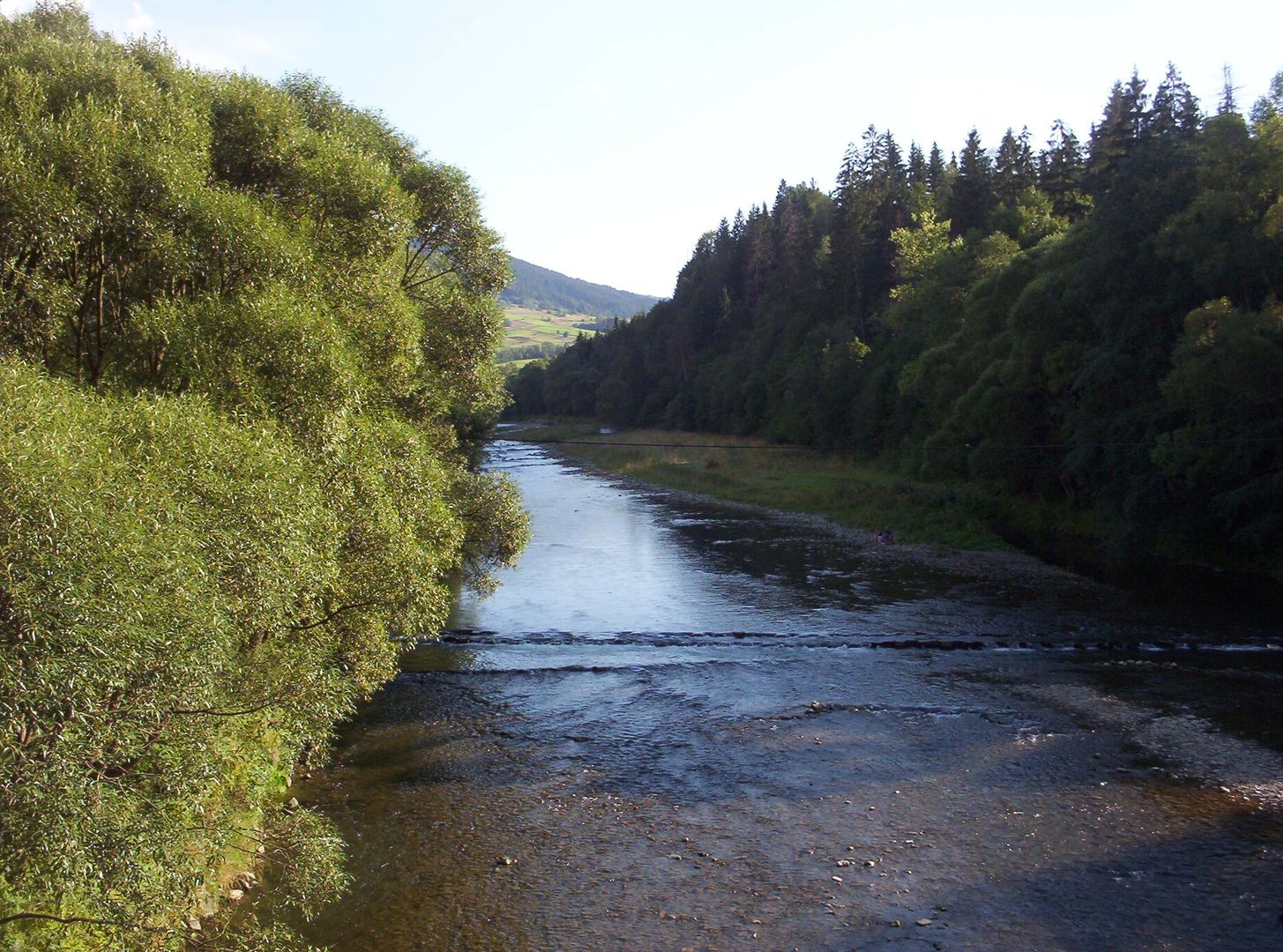Soła
6.6

Overview
The Soła River, located in southern Poland with a length of 88.9 km, boasts a rich history and cultural significance. In the past, it was used for timber rafting, with logs transported on rafts to Oświęcim and Kraków. Timber floating on the Soła was documented as early as the second half of the 15th century, when Piotr Komorowski received a privilege from King Casimir IV Jagiellon for toll-free rafting. Initially, rafting was controlled by the rulers, but over time, this right was extended to the residents of Żywiec. Timber floated down the Soła primarily supplied the Kraków market, meeting the needs of the royal court, nearby manors, and salt mines. The rafting process was complex and required the labor of many people, including skilled raftsmen who transported the wood according to hydrological conditions. Due to challenges posed by natural obstacles, rafting became increasingly complicated, and after the construction of railways in the 19th century, it declined significantly. In 1912, a major flood event marked the end of timber rafting on the Soła.
Another important aspect is the structures and projects related to the Soła Cascade, which consists of three reservoirs aimed at flood control, drinking water supply, and energy production. The Soła Cascade includes Lake Żywieckie, Lake Międzybrodzkie, and Lake Czanieckie, as well as the modern Porąbka-Żar pumped-storage power plant. These reservoirs promote tourism and recreation, creating picturesque areas for leisure. The river’s characteristics, including its mountainous course with a gradient of up to 15% and a rich basin with right-bank streams, highlight its natural values. Flowing into the Vistula River near Oświęcim, the Soła is one of its major tributaries, and its flood potential ranks it among the leading Carpathian rivers. In the past, the Soła was a source of raw materials and a transportation route; today, it combines natural beauty with modern hydroelectric investments, serving as an important cultural and economic element of the region.
Location
Tickets
Powered by GetYourGuide
2025 Wizytor | All Rights Reserved